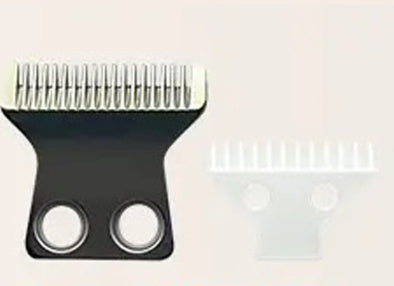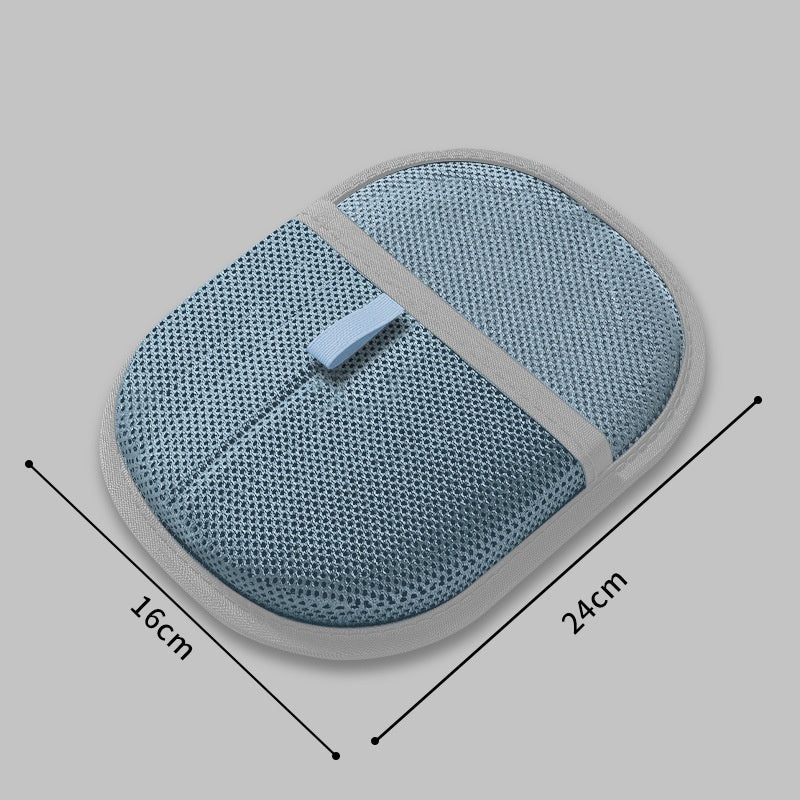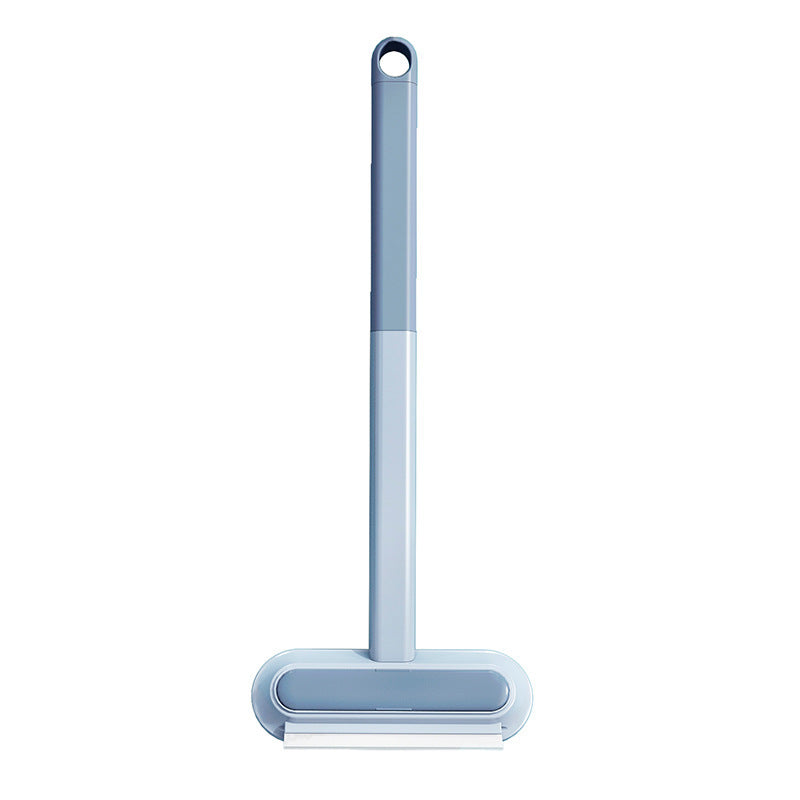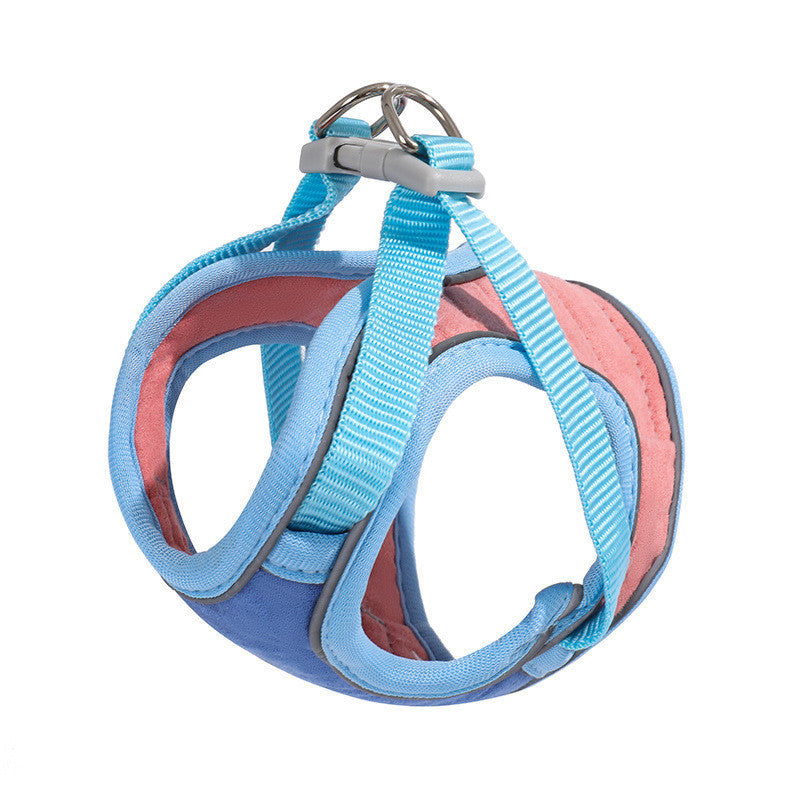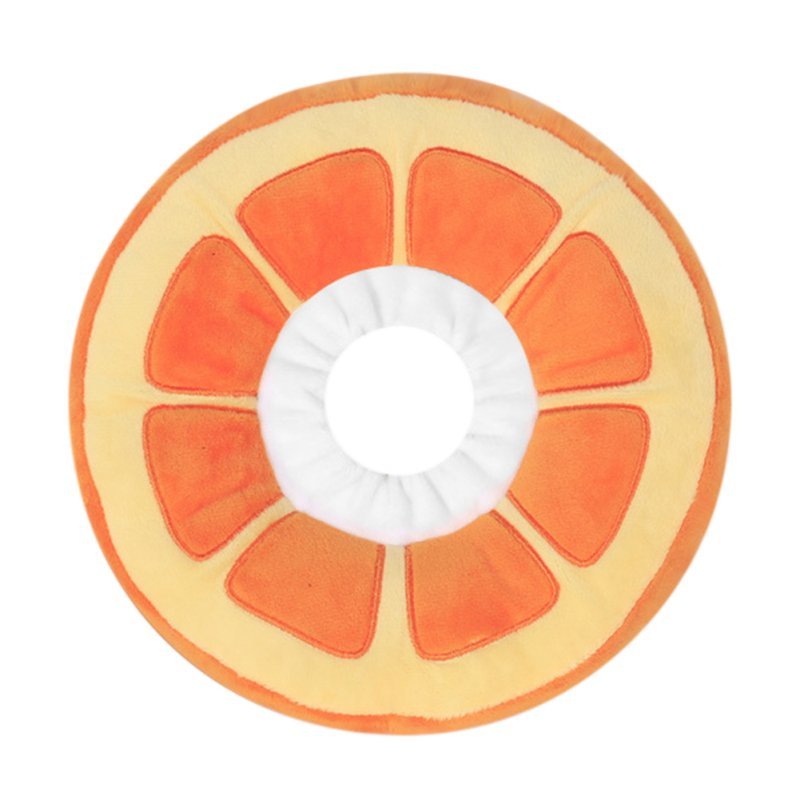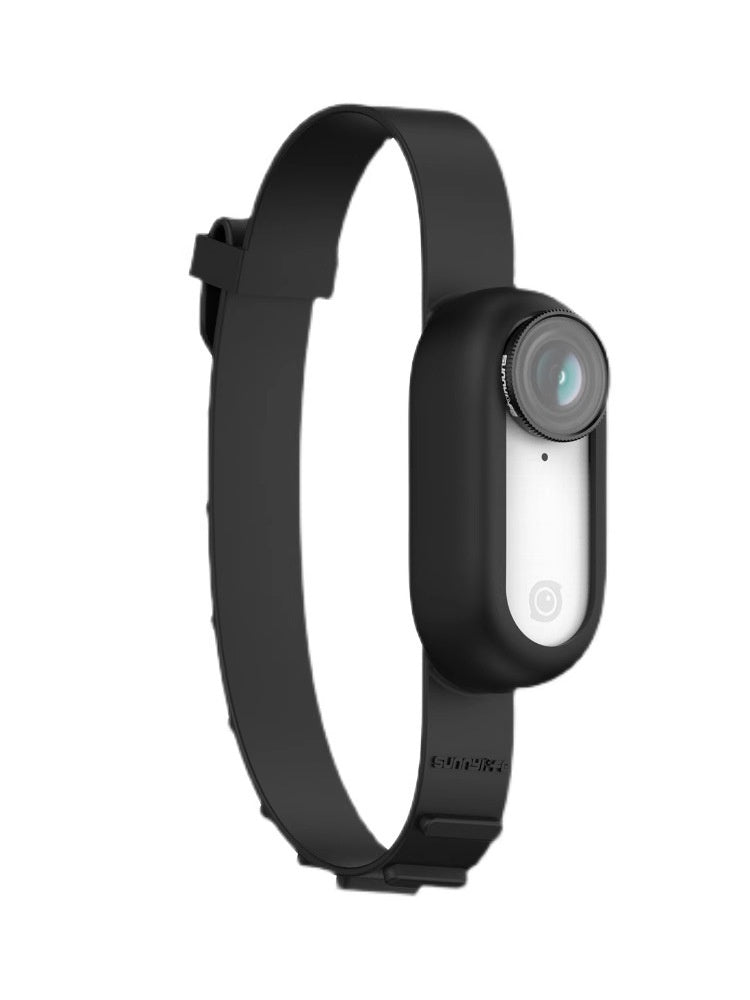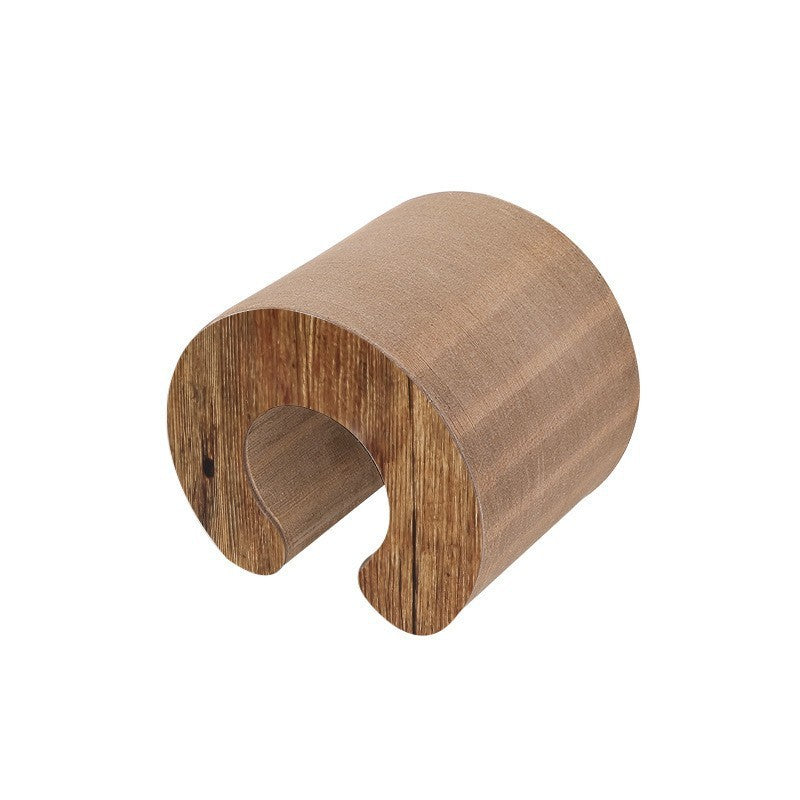Cats make compelling photographic subjects with their graceful movements, expressive eyes, and distinct personalities, but they're also among the most challenging pets to photograph successfully. Unlike dogs, who often cooperate eagerly with photo sessions, cats typically prefer to follow their own agenda.
In this blog, we'll explore techniques for capturing beautiful images that showcase your cat's unique character.
Lighting considerations: Natural light produces the most flattering cat photographs, particularly the soft light near windows during morning or late afternoon. Avoid using flash, which can startle cats and create harsh shadows or red-eye effects. If artificial lighting is necessary, use diffused light sources positioned to avoid casting sharp shadows across your cat's features.
Composition techniques: Get down to your cat's eye level for more engaging photographs that capture their perspective of the world. The rule of thirds applies to pet photography. Position your cat's eyes along the upper third line for more dynamic compositions. Leave space in the direction your cat is looking or moving to create visual flow within the image.
Professional photographers in Australia, including those at the Melbourne Cat Photography Studio, advise getting down to your cat’s eye level and using the rule of thirds for more dynamic shots. Positioning your cat’s eyes along the upper third line and leaving space for them to “move into” the frame is a technique widely taught in Australian photography workshops.
Timing and patience: Successful cat photography requires patience and awareness of your cat's natural rhythms. Photograph during their active periods when they're alert and engaged, or capture peaceful moments during their relaxed times. Action shots work best when you anticipate behavior rather than reacting after movement begins.
Focus techniques: Use single-point autofocus and aim for your cat's eyes. Sharp eye focus is crucial for compelling pet portraits. For moving cats, continuous autofocus modes help maintain focus as your subject moves. Consider using burst mode to capture multiple frames during interesting behaviors or expressions.
Photographers at Australian pet expos and workshops highlight the importance of using single-point autofocus on the eyes for sharp portraits and continuous autofocus for moving cats. Burst mode is especially useful for capturing fleeting expressions or playful moments, as recommended by Australian camera retailers and photography educators.
Environmental context: Include elements of your cat's environment that tell their story; favorite sleeping spots, preferred perches, or beloved toys. These contextual elements create more interesting photographs than simple portraits and help document your cat's personality and preferences.
Behavioral photography: Some of the most engaging cat photographs capture natural behaviors – grooming, playing, or interacting with their environment. Be ready with your camera during these moments, but avoid interrupting interesting behaviors for the sake of a photograph. Candid shots often reveal more personality than posed portraits. Keep photo sessions short to avoid stressing your cat, and always respect their boundaries. If your cat seems uncomfortable or stressed by the camera presence, take a break and try again later.
| Technique | Why It Works | How to Achieve |
|---|---|---|
| Natural Light | Flattering, avoids startling cats | Use morning/late afternoon light near windows |
| Eye-Level Composition | Engaging, dynamic perspective | Get down to your cat’s level |
| Rule of Thirds | Creates visual flow, dynamic images | Position eyes on upper third line |
| Timing and Patience | Captures true personality | Shoot during active/relaxed periods |
| Focus on Eyes | Sharp, compelling portraits | Use single-point/continuous autofocus |
| Environmental Context | Tells a story, adds local flavour | Include favourite spots, toys, local elements |
| Behavioral Photography | Reveals personality, natural moments | Be ready for candid shots, keep sessions short |
Step-by-Step Guide: Photographing Your Cat
-
Choose the Right Light:
Use natural light near windows in the morning or late afternoon. Avoid flash and use diffused artificial light if necessary. -
Get on Their Level:
Photograph at your cat’s eye level for engaging, dynamic compositions. -
Apply Composition Rules:
Use the rule of thirds—position your cat’s eyes along the upper third line and leave space in the direction they’re looking or moving. -
Be Patient and Observant:
Photograph during your cat’s active periods or relaxed moments. Anticipate action for the best shots. -
Focus on the Eyes:
Use single-point autofocus for portraits and continuous autofocus for moving cats. Try burst mode for action shots. -
Include Environmental Context:
Add favourite spots, toys, or local Australian elements to tell your cat’s story. -
Capture Natural Behaviours:
Be ready for candid moments of grooming, play, or interaction. Keep sessions short and stress-free. -
Respect Your Cat’s Boundaries:
If your cat seems stressed, take a break and try again later.
Remember that the best cat photographs come from understanding and working with your subject's natural tendencies rather than fighting against them.
FAQs: Cat Photography
Q: What is the best lighting for photographing my cat?
A: Natural light near windows in the morning or late afternoon is ideal. Avoid using flash, as recommended by Australian pet photographers and veterinarians.
Q: How can I make my cat photos more engaging?
A: Get down to your cat’s eye level and use the rule of thirds—position your cat’s eyes along the upper third line and leave space in the direction they’re looking or moving.
Q: When is the best time to photograph my cat?
A: Photograph during your cat’s active periods (dawn and dusk) or relaxed moments for the most natural and expressive shots.
Q: How do I keep my cat’s eyes sharp in photos?
A: Use single-point autofocus on the eyes for portraits and continuous autofocus for moving cats. Burst mode can help capture action shots.
Q: Should I include my cat’s environment in photos?
A: Yes, including favourite spots, toys, or local Australian elements adds context and tells your cat’s unique story.
Q: How can I avoid stressing my cat during photo sessions?
A: Keep sessions short, use treats or toys to encourage natural behaviours, and always respect your cat’s boundaries. If your cat seems stressed, take a break and try again later.









